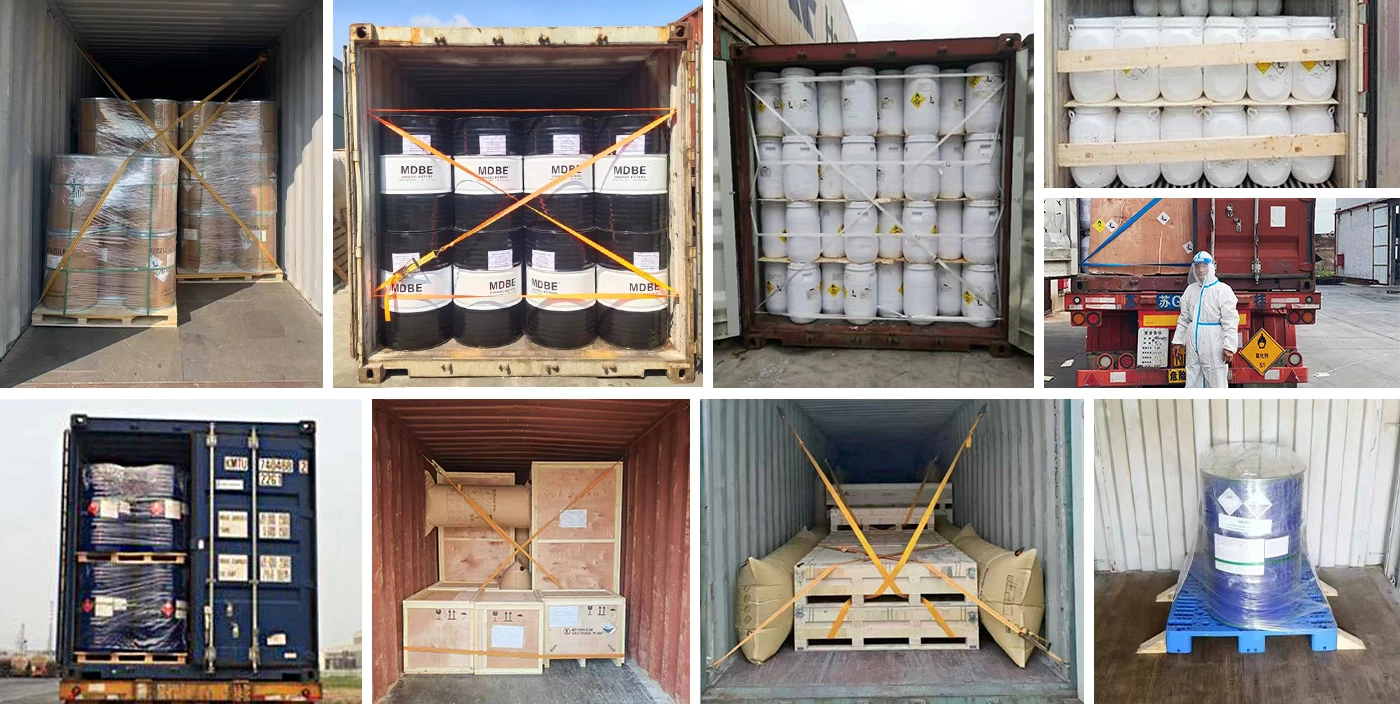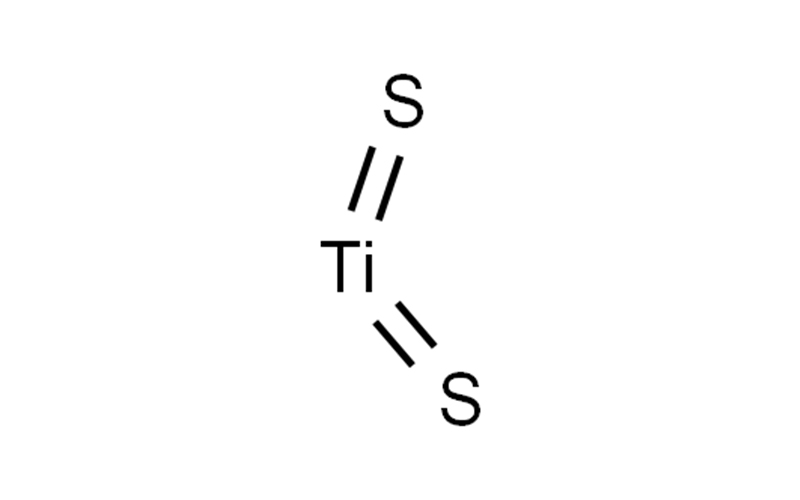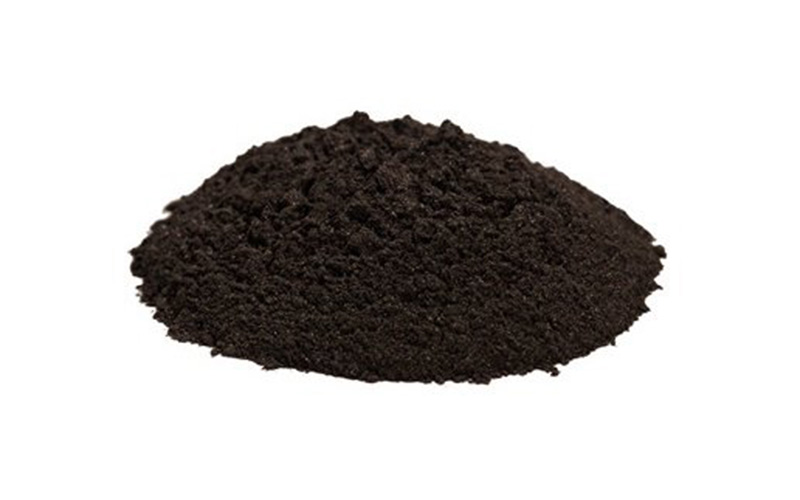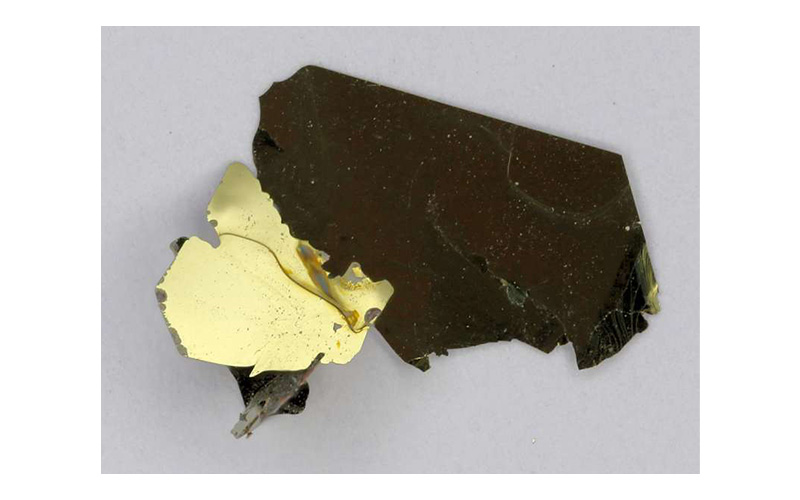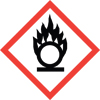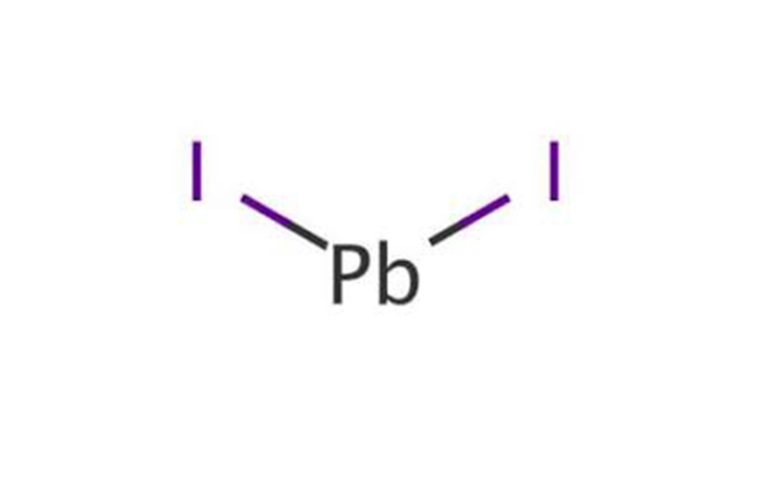Product attributes
| Density | 3,37 g/cm3 |
| RTECS | XR2460000 |
| solubility | soluble in HSO4 |
| form | Powder |
| Specific Gravity | 3.22 |
| color | yellow to brown |
| Water Solubility | Titanium(IV) sulfide is insoluble in water and moderately acid soluble. |
| Crystal Structure | CdI2 type |
| Sensitive | Moisture Sensitive |
| crystal system | Three sides |
| Space group | P3m1 |
| Lattice constant | a/nmb/nmc/nmα/oβ/oγ/oV/nm30.340730.340730.5695390901200.0573 |
| InChIKey | CFJRPNFOLVDFMJ-UHFFFAOYSA-N |
Safety Information
| RIDADR | UN 3174 4.2/PG 3 |
| WGK Germany | 3 |
| TSCA | Yes |
| HazardClass | 4.3 |
| PackingGroup | III |
TITANIUM(IV) SULFIDE Usage And Synthesis
| Chemical Properties | yellowish brown powder(s); hexagonal; sensitive to moisture, forming H2S and TiO2; decomposed by steam; is obtained as a product of the reaction of H2S and TiCl4 at 600°C; used as a solid lubricant [HAW93] [STR93] [KIR83] |
| Uses | Titanium(IV) sulfide is used in solid lubricant, cathode material in rechargeable batteries, corrosion resistance alloys, solid-state lithium batteries, hybrid electric vehicles and plug-in electric vehicles. It is used in the synthesis of nanoclusters, nanodisks and nanotubes. It has high electrical conductivity. Titanium electrodes are used in chloralkali electrolysis, electrodialysis, galvanic technology, light bulbs, and bone pins. |
| Solid lubricant. | |
| Definition | Yellow solid. Decomposed by steam. |
| General Description | A yellow or gray powder with an unpleasant odor that is used as a solid lubricant. Contact with the material may cause burns to skin, eyes, and mucous membranes. TITANIUM(IV) SULFIDE may be toxic by ingestion, inhalation or skin absorption. |
| Air & Water Reactions | Contact with water leads to the slow evolution of hydrogen sulfide, a toxic and flammable gas. |
| Reactivity Profile | TITANIUM(IV) SULFIDE reacts with acids to generate hydrogen sulfide, a toxic gas. Reacts slowly with water and is decomposed by steam, generating hydrogen sulfide. |
| Health Hazard | Fire will produce irritating, corrosive and/or toxic gases. Inhalation of decomposition products may cause severe injury or death. Contact with substance may cause severe burns to skin and eyes. Runoff from fire control may cause pollution. |
| Fire Hazard | Flammable/combustible material. May ignite on contact with moist air or moisture. May burn rapidly with flare-burning effect. Some react vigorously or explosively on contact with water. Some may decompose explosively when heated or involved in a fire. May re-ignite after fire is extinguished. Runoff may create fire or explosion hazard. Containers may explode when heated. |
Our company specializes in hazardous chemicals, flammable and explosive chemicals, toxic chemicals (legal export), ultra-pure and high-purity reagents. Welcome to contact us.
Packing and shipping
